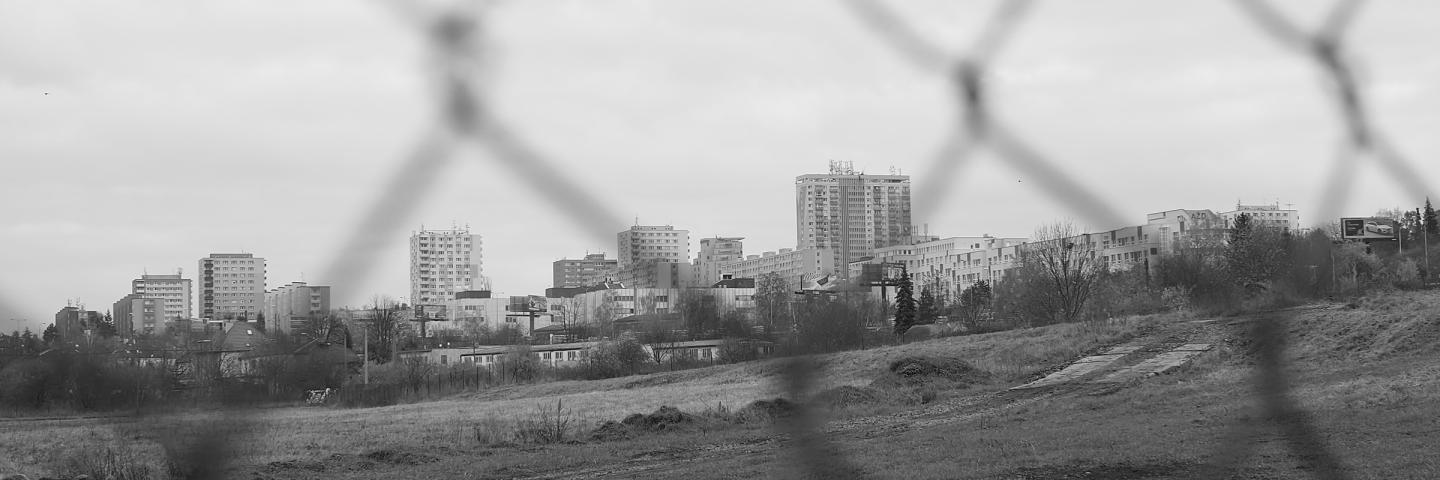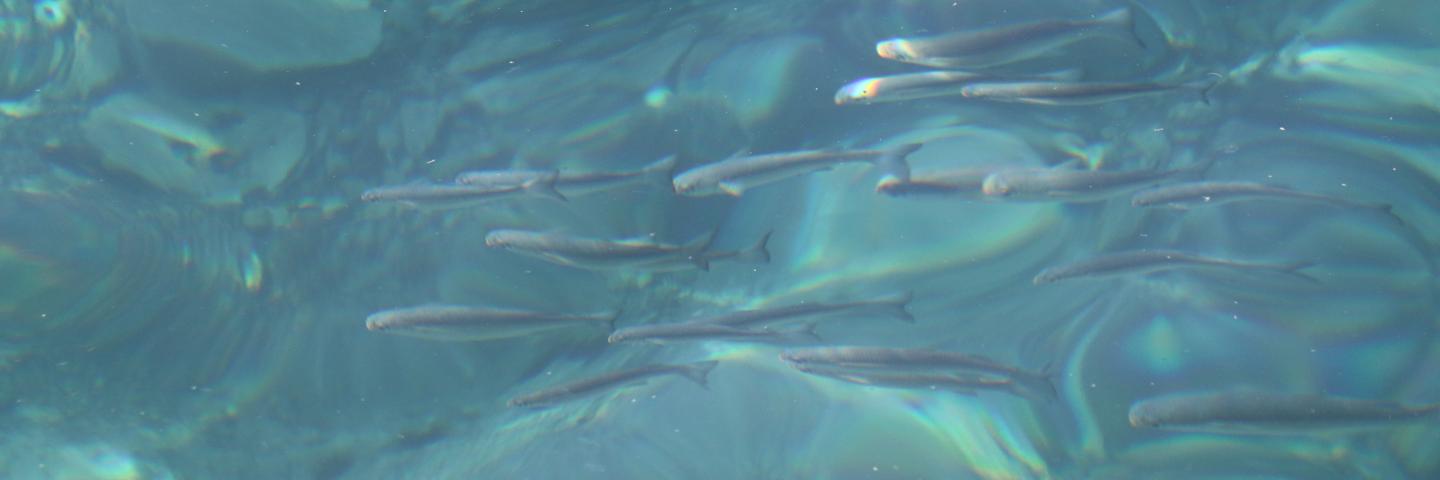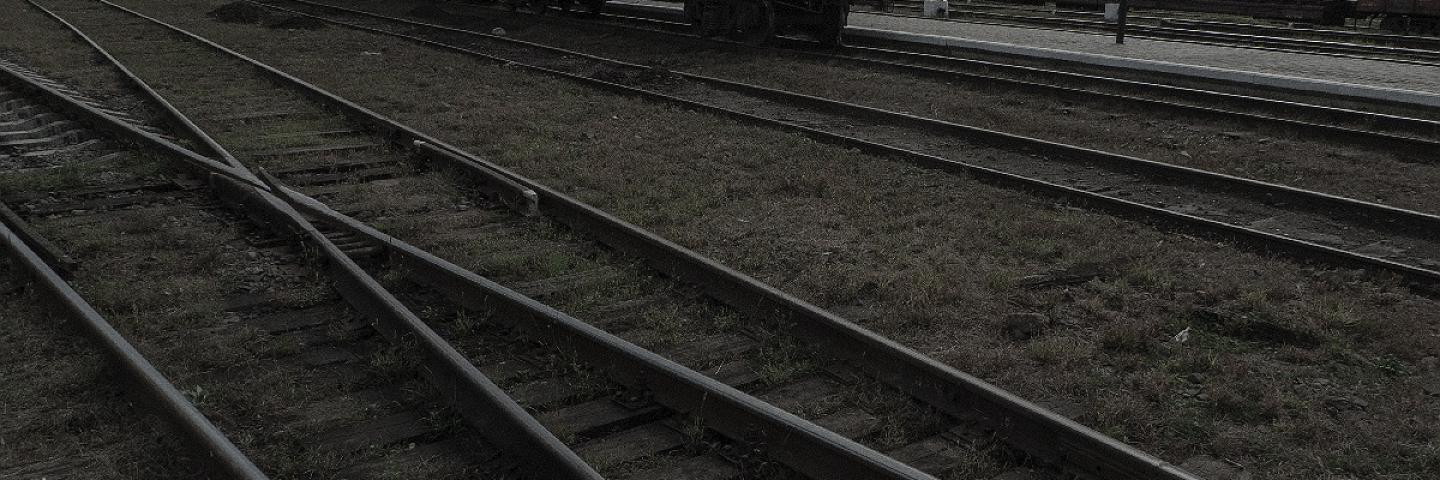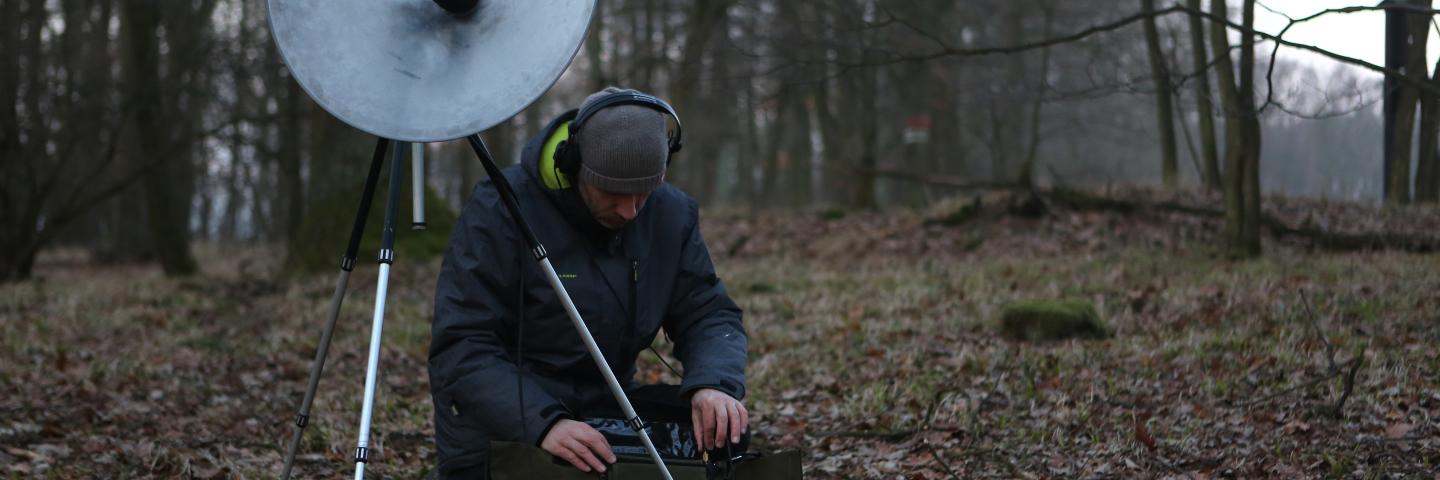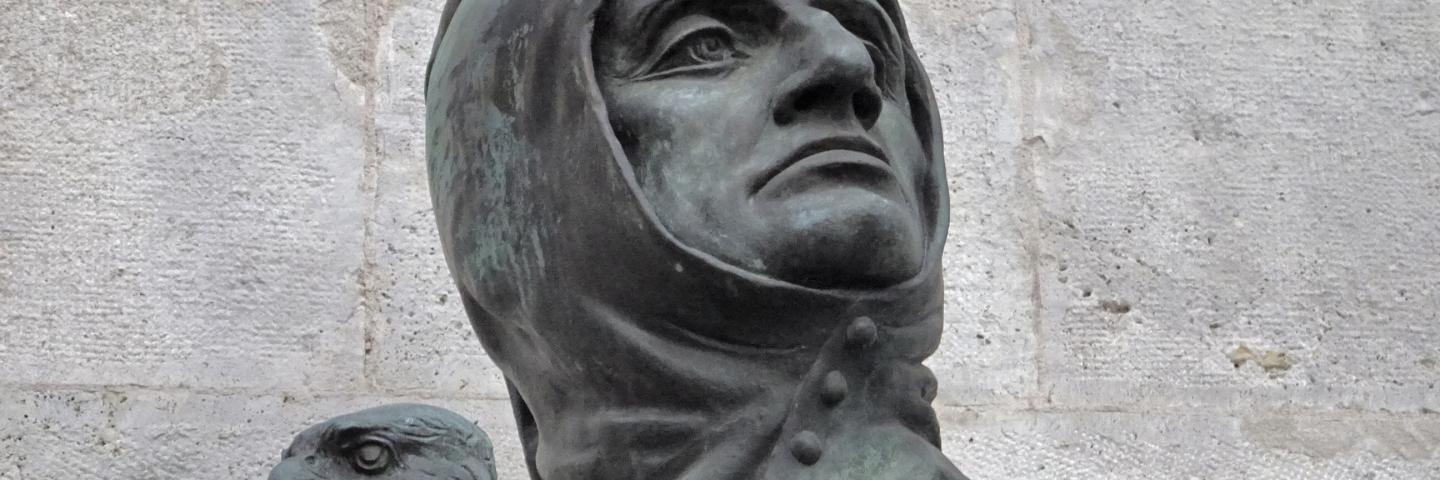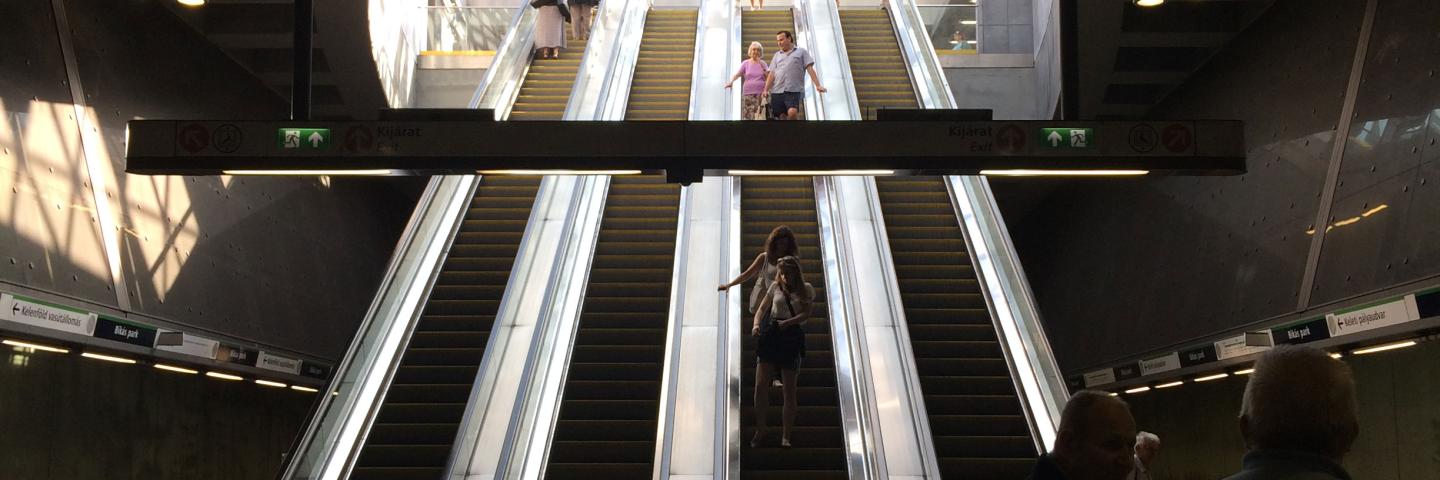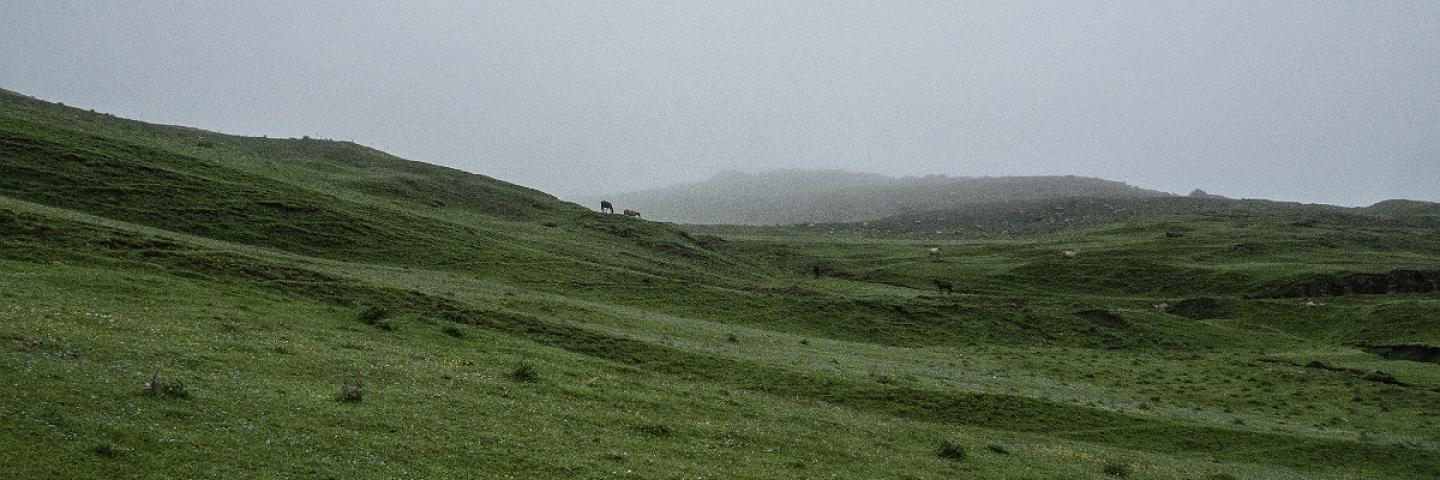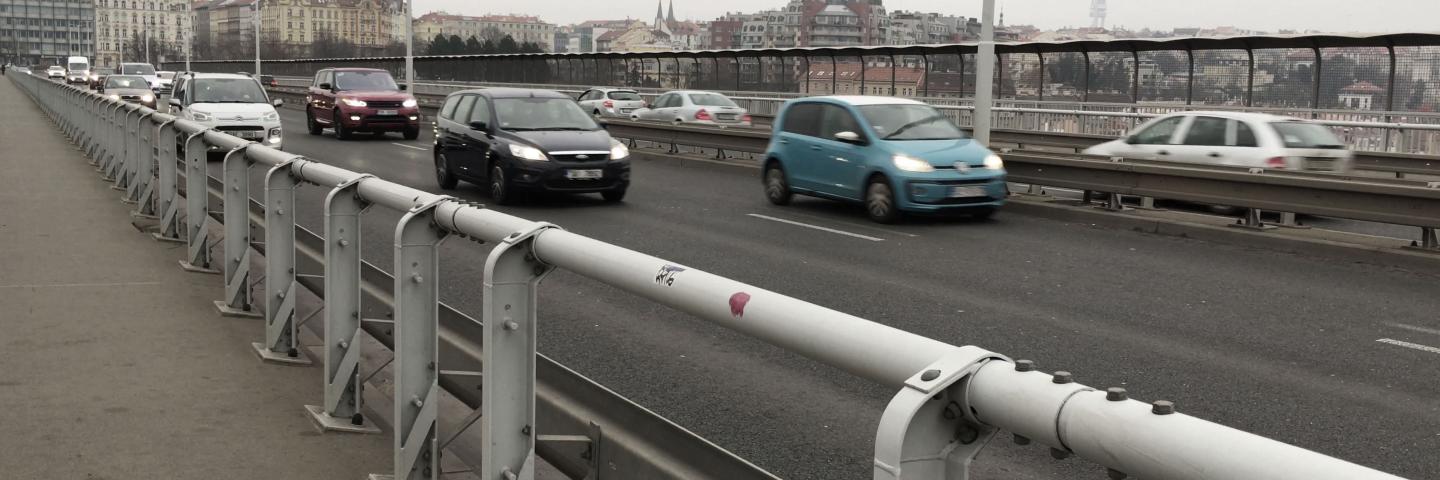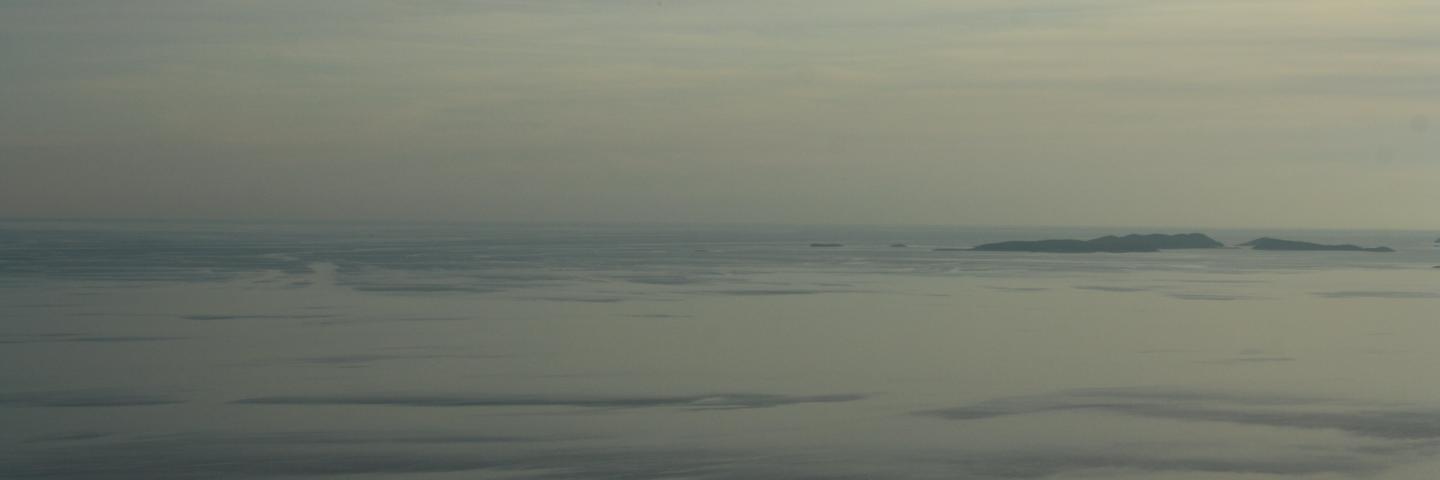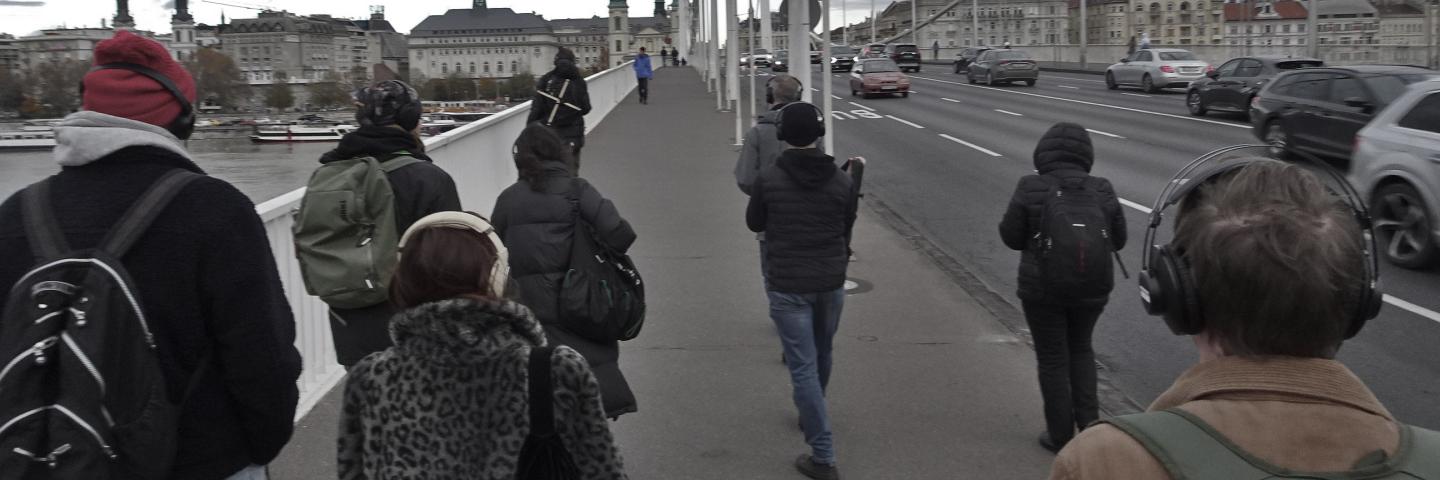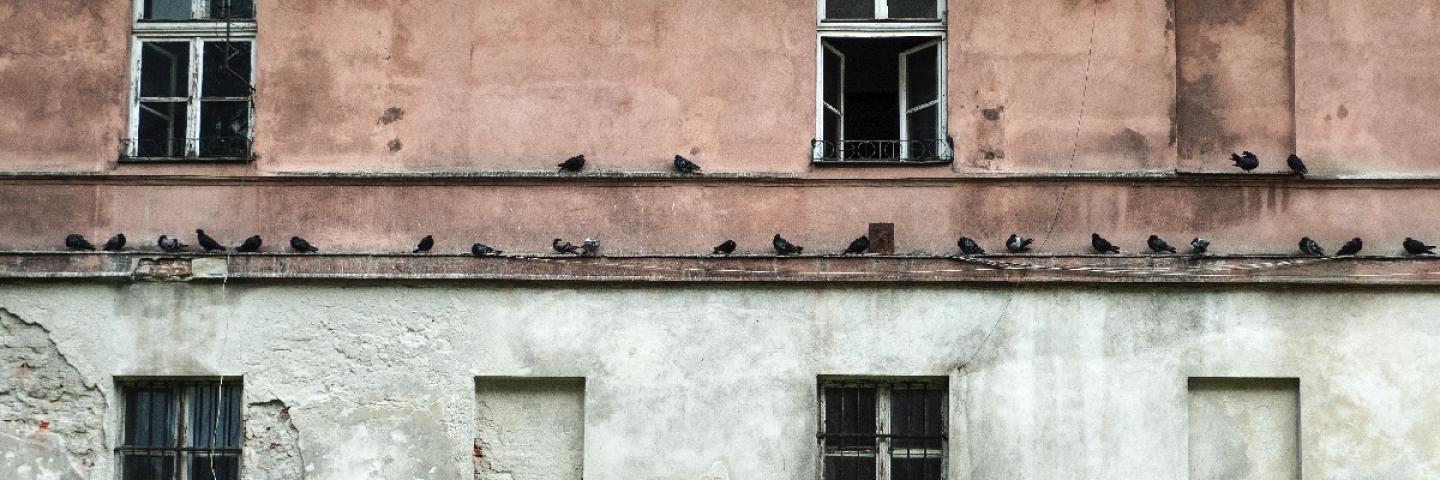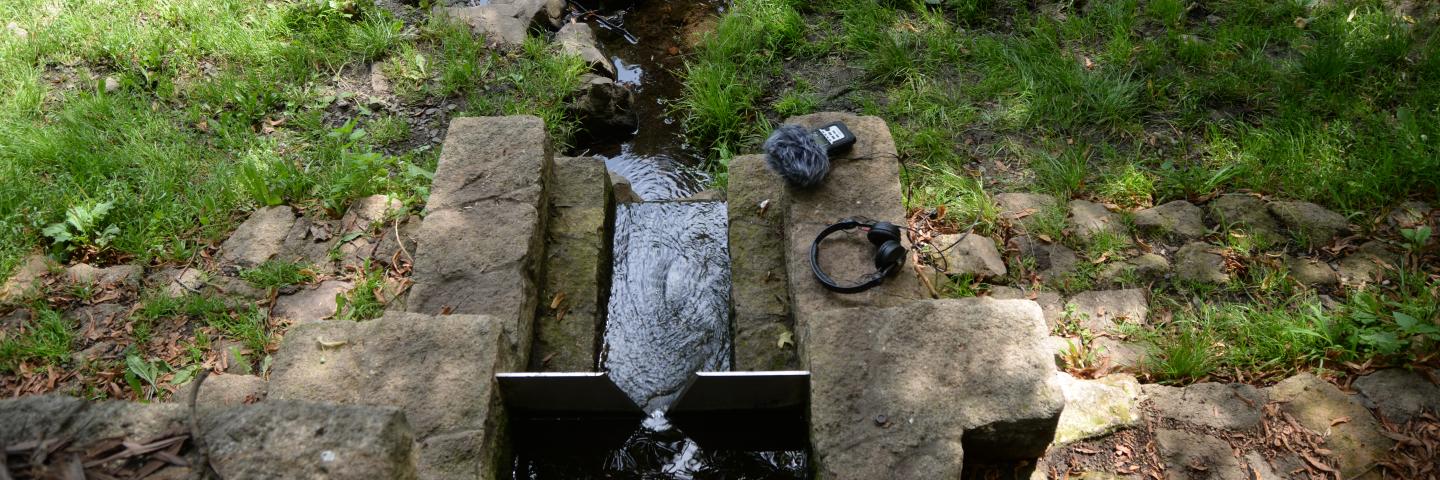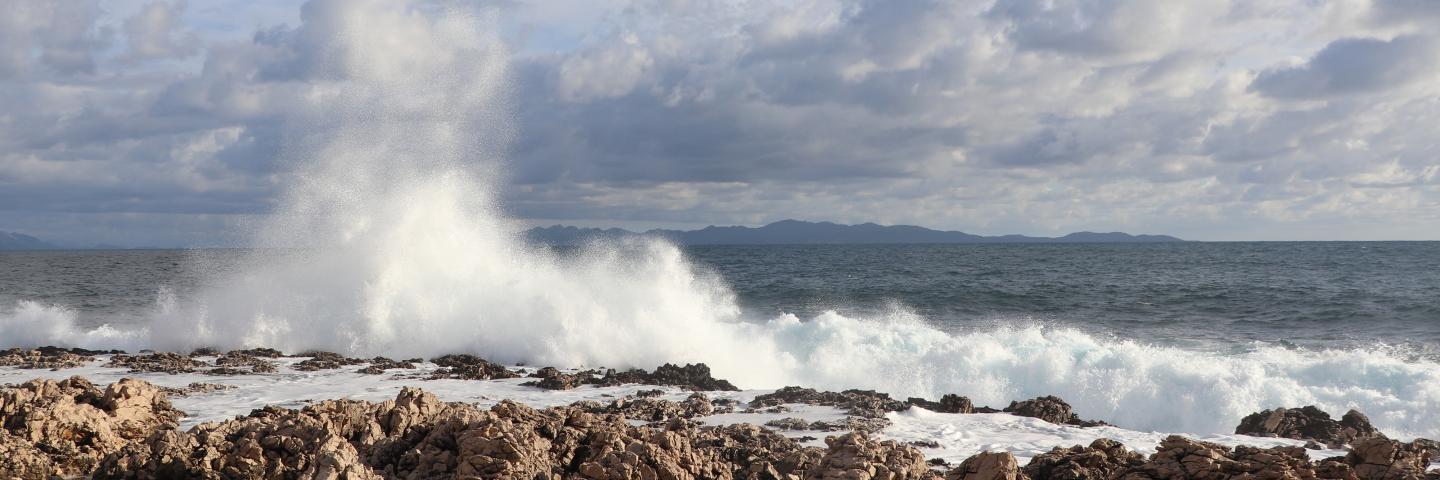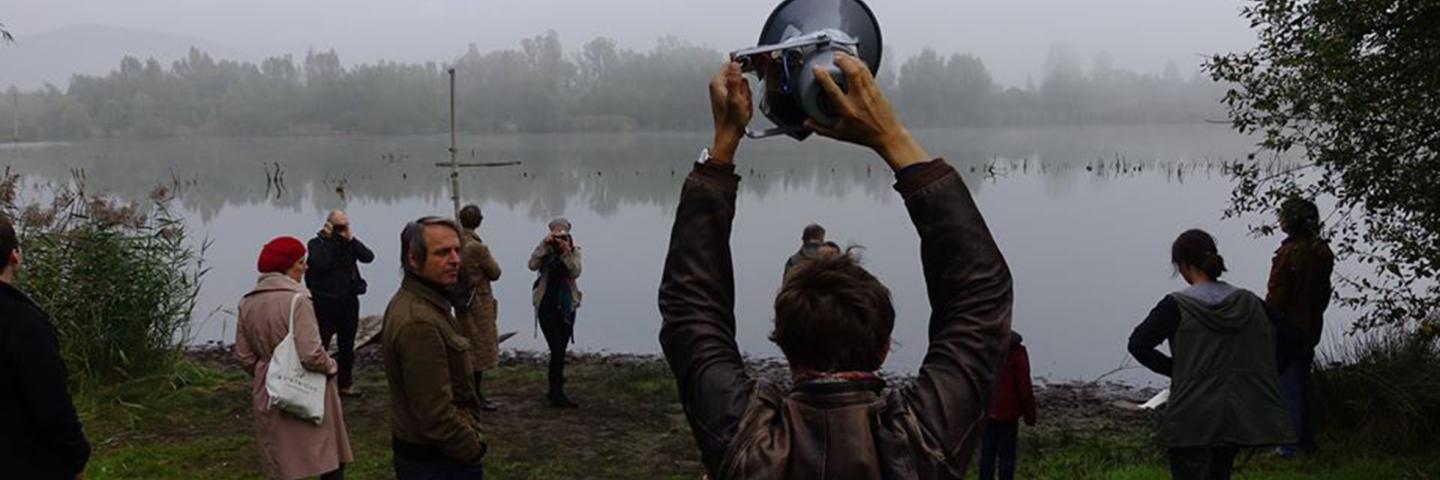The Second Life of Recorded Sounds
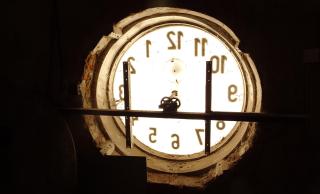
3rd CENSE Annual Conference
22 – 24 October 2020
Location: online
The idea behind the conference
The history of sound recording and the recording process itself are key concerns for the field of sound studies. In recent years, researchers have discovered increasingly older forms of sound recording and inscription (e.g. research conducted by the First Sounds Group on Scott de Martinville’s phonautograph resulted in moving the date of the beginning of sound recording back to the 1860s.) Meanwhile, the notion of a “second life” of recorded sounds represents an important area for further inquiry. This notion refers to the problem of re-using archival, non-musical recordings in scientific research, as well as in the context of artistic, educational, environmental and political activities. Various types of sound archives offer important resources for historical, cultural, media, anthropological, musicological or sociological studies, as well as valuable material for artists. It is worthwhile to research within not only institutional contexts, but also private sound archives and collections, whether recently established or those with a long tradition. Today, the common practice of recording the sounds of everyday life using smartphones and portable recorders also raises questions about the future fate of these vast repositories of recordings.
We would like to reflect on the techniques and methods of re-using and re-mediating archival recordings of urban sounds, sounds of nature, human voices, and the sound environments of work and domestic spaces. The use of recorded sound for purposes other than those for which it was originally recorded poses questions about its changing status, as well as ethical problems involving the right to use and process recordings, issues related how they are evaluated, and their introduction into new communication contexts. It is also necessary to consider the methods employed for the reconstruction, reading and analysis of sound recordings (including special recordings, such as the sounds of disasters).
Pertinent issues relate to the use of archival recordings in order to promote the idea of ecology. Can sound really be considered a medium capable of suggestively communicating climate change? To what extent do archival recordings of the sounds of nature today allow us to visualize changes taking place in individual ecosystems? Do recordings of destruction (e.g., the disappearance of bird songs) have greater causative and affective force than those showing positive changes as the result of protective measures (e.g., the disappearance of noise)?
The question of “the second life” of problematic sound heritage would also seem an interesting topic for discussion. An example of such problematic heritage would include recordings of surveillance wiretaps (including those conducted by security services), especially their contemporary (legal?) status and the possibility of using them in various contexts. This theme also refers to the broader issue of the “colonial” dimensions of recordings and the “decolonization” of archival resources, which in the case of Central Europe refers to the ongoing tension between those who created the recordings (state institutions with resources and equipment) and what was recorded (various sound environments that include social minorities, police recordings, social workers, radio broadcasts and the work of investigative journalists). The decolonial intervention in these recorded sound collections raises critical questions concerned with the role of the various parties in this communication process.
The themes that we invited proposals to explore, included but are not limited to:
Forms of archiving sound recordings; Radio archives; Criteria for selecting audio materials for archiving; The deletion and destruction of sound archives; Falsified and fake sound archives; Copyright of sound recordings Sound archives in the context of museum exhibitions and education; Recordings as cultural heritage; Recorded sound as testimony; The role of recordings in historical politics; Cultural practices related to private recordings of everyday life; Private sound collections; Recordings in the context of representations of climate change; Re-use of non-musical recordings in music; Sound art based on archival sound recordings; Sound archives and the (re)construction of cultural identity; Decolonizing approaches to archival resources; Archiving recordings and media archaeology.
Researchers representing various fields of interest, curators, educators and artists were invited to participate in the conference. The participants could either present a paper or present educational and artistic projects. The publication of papers is planned in 2021 in the form of an English-language scientific monograph or an edition of a scientific journal.
Conference Program:
::::Thursday, October 22
Session 1
Anna Maria Berger Busse (University of California, Davis) - The Search of Medieval Music in Africa and Germany, 1891-1961: Scholars, Singers, Missionaries
In my book we can observe an interaction between three seemingly distinct, but surprisingly connected worlds in the first half of the twentieth century: that of the founders of comparative and historical musicology in Germany who searched for the origins of music; they were convinced that medieval music must have been similar to the music they encountered and recorded in “primitive” societies (they based their research on phonograms that were sent to them by missionaries and colonial administrators from all over the world); that of the scholars and musicians — for the most part members of the German youth movements, the Jugendmusik- and Singbewegung -who were studying, reconstructing, and performing early European music; and that of Protestant and Catholic missionaries in German East Africa who introduced medieval music in Africa in the belief that it was similar to African music. The result of studying these three interconnected worlds in one volume is an alternative music history of Germany, a history concerned not with high culture and the repertoire of the concert hall, but with scholars, musicians, and missionaries who shared a passionate interest in music of the Middle Ages, folk music, and participatory music making (Gemeinschaftsmusik). The three overlapping circles, music scholars, members of the youth movements, and missionaries, together introduced a new strand into the musical culture of early twentieth-century Germany — one that favored communal music making and emphasized the proximity of the European early music to the “primitive” music in Africa. Interestingly, this strand transformed music making in Africa itself, where Lutheran chorales, Gregorian chant, and Sankey songs were fully assimilated by local populations.
Piotr Cichocki (University of Warsaw) - Field Recording Beyond the Fieldwork. A Pure Documentation or a Cooperative Experiment
The anthropological critique of modernity regards the notion of documentation as a practice through which the apparent neutrality is constructed. This critique argues that the recording is not a representation of any social or natural environment but a process of a (re)construction of social relations. Furthermore, a field recording is not a document, but an artifact, that generates new meanings. I discuss ethnographic field recordings of e.g. environments, interviews or musical performances as examples of the recontextualized object. The presentation aims to provoke a discussion on possible strategic recontextualization of field recordings. These shifts of the context may point to a relational aspect of sound recording instead of its documentary function. The relational aspect concerns how the recording takes part in social relations at the time of the recording and listening. To illustrate this theoretical provocation, I present examples taken from the research I conduct in northern Malawi. I discuss historical and current recordings that are in the constant process of exchange and reinterpretations. One of the examples concerns recordings of religious ceremonies. The recordings were produced in cooperation with local communities and individuals. On the next stage, these recordings have become an evocative artefact for the researcher. The artefact is at the same intimate and saturated with significant pieces of information. Subsequently, some of these recordings were made public: mixed into the form of radio plays, illustrations for lectures, or as musical pieces. Preparing to that, it was crucial to strive for the continuous, yet remote, involvement of recorded people. Concluding, I argue that the experimental direction of post-production should not aim to create the illusion of participation (or simulated liveness). It rather should strive to reveal the nature of hierarchical connections (and isolations) of technologies, researchers, and social environments of those who were recorded and those who listen.
Anna Markowska (University of Wrocław) - Sound Archives and the (Re)Construction of Cultural Identity
A certain Mr Ziółko, musicoclash and the production of a new identity The film Treasure (Skarb, 1948), set in the immediate post-war years in the completely destroyed Warsaw, takes the viewers through the transitional moment when the end of the German occupation is heading towards the country’s being dominated by the USSR and its value system. For a film that encourages joining the communist revolution, it does, however, have several unruly characters, including the two suitors wishing to marry Basia (Alina Janowska). One of these is Alfred Ziółko (played by Adolf Dymsza), a radio worker able to produce a variety of sounds, not only those of animals (biophony) but also of weather phenomena (geophony), and Sass-Gromocki (Ludwik Sempoliński), an ardent admirer of the BBC radio, rhythmically repeating the same bons mots. On the one hand, joining the communist revolution is portrayed as taming the sonorous powers of Mr Ziółko and, on the other hand, as a disapproval of Sass-Gromocki’s auditory habits that make the adaptation to the new conditions impossible. The protean identity of Mr Ziółko making uncoordinated, suggestive sounds will have to be disciplined; he will have to cease being a rogue. Thus the unlimited, magical power of art will be reduced so as to suit the country and its new system. At the same time the filmmakers showed the moment of musicoclash (Bruno Latour’s concept of iconoclash paraphrased by Denis Laborde) as a montage — understood as a radical reformulation of power. Discontinuity, clashing, the affective potential of the interval allow to depict the complexity of the situation in which we observe the new becoming of the characters, the adjusting (or not) to the revolution. Before the effect of the sounds can be described through the causality model and specific results, we are experiencing the characters’ state of turmoil and the affective influence of music and noise in an open situation. The most interesting part of the film is the moment of acoustic disorder within the system of representing the world, when the “appropriate” identity is not defined yet.
Session 2
Uta Schmidt, Richard Ortmann (University of Duisburg-Essen) - The Second Life of the Recorded Creaking and Moaning of a Silesian Mine Cars Circulation
I would like to present our Sonic Archive for the Soundscape of the Ruhr. Since the early 1980s, we are accompanying the deindustrialization with our field-recordings. Our mission is based on Murray Schafer’s dictum giving special attention to sounds, that are in danger of disappearing. It is driven forward by Schafer’s archive of silenced sounds. Systematically we began to archive the sound qualities of industrial plants. From the very beginning, our interest was not only focused on documenting the sonic cultural heritage, but also on scientific research and — more importantly on artistic appropriation.
Michał Witek (University of Wrocław) - The Soundscapes of the Necrocene — the Role of Sounds and Sound Archives in the Natural History Exhibitions
The aim of this presentation is the analysis of the implementation and usage of sound in the modern natural history exhibitions. Sound plays and increasingly important role in the multisensory experience of modern natural history museums. The implementation of sounds enables a rejuvenation and reformulation of the classic, static model of natural history diorama — focused primarily on the visual aspect of the taxidermy. Furthermore, sound archives, preserving the original sounds made by extinct or extremely rare animals, gain special importance in the age of anthropocene. Natural history exhibitions and dioramas might constitute the best way for introducing them to the broader audience, as well as deepening and expanding their epistemological value. Therefore, the main issues discussed in this presentation revolve around the problem of possible strategies for constructing the “natural history soundscapes” and using museum exhibitions as conduits; enabling the recreation of the complex experience of direct contact with already extinct fauna. Considering the creation of a sonically inclusive museum model might be an interesting answer to the often raised problem of the ongoing crisis of the natural history museums as institutions and their declining role in the modern world. Expanding natural history museum soundscapes and augmenting them with modern visual technologies could be an important element in the creation of a future “necro-arks” — natural history museums functioning in a world where modern-day biodiversity no longer exists. In this presentation I am going to focus on several examples of different types of exhibitions from natural history museums in Asia, Europe and USA, with particular focus on those relating to the reality of anthropocene and the sixth great extinction.
Jadwiga Zimpel (Adam Mickiewicz University, Poznań) - Use of Urban Sound Archives In Grassroots Evaluation of Urban Restructuring
In my presentation, I propose to bring the topic of recorded sounds’ second life, into the context of critical urban practice. Reflection starts with the question, if the urban sound recordings, created formerly to depict the auditory qualities of the given place in the city, for the purpose of research or artistic endeavours, might be re-use as comparative resource in critical assessments of urban restructuring. The need for such assessments is striking. Even though vast amount of regeneration schemes are poorly conceived in terms of its impact on local environment and appears harmful to the urban web of life, their implementation continues. Grassroots evaluation of urban restructuring can not however be performed with the use of top-down methods, discourses and technics, which as other tools generated in the realm of Deleuzoguattarian striated space, are separated from the lived urban experience. Critical initiatives of such, need to create its own spaces, languages and methods which could potentially include the re-use of urban sound recordings, understood as art-based research practice. Mobilisation of urban sound archives in the context of social struggles over the right to the city need to be combined with reflection on the ontological status of recorded sound, dispersed geography of archives that such recordings create, as well as possible tactics of its gathering, comparison, interpretation and sharing
::::Friday, October 23
Session 1
Jacek Smolicki (Linköping University) - From the Impulse to Enliven the Archive to the Composition of New Modalities of Archiving
Commonly, archives are perceived as static repositories of documents that account for specific and important moments in the history. In acoustic terms, archives have for centuries been amplifying already strongly carved grooves, highly resonant situations and loud subjectivities as to secure their further reverberation into the future. But while doing so, they have simultaneously silenced other events, characters, species, phenomena and visions that were not audible enough (or wanted to be heard) at the first place, due to numerous barriers of political, cultural, or economic nature, to name just a few. The recent increase of interest in sound and sound recording as not only archival and heritage medium but also everyday media practice, points at a certain reorientation of the dynamics that has traditionally characterized archives. The today’s ability to technologically capture soundscapes, almost instantaneously, suggests that archives become increasingly future-oriented (or at the very least, concerned with the articulation of the now) rather than concerned merely with the preservation of the past. If so, what is or can the role of sound arts in this shift towards future oriented-archive be? In this audio-essay, I will discuss some of the findings from my sound-art practices which incorporate elements of such a pro-active kind of archiving as opposed to primarily relying on the documents of the past. Drawing on three sound projects specifically: Intertidal Walk (ongoing), Tower (2018-2019), Slussen Project (2012-2019), I will propose my artistic perspective on archiving as an active and critical practice that does not stop at animating or scrutinizing documents of the past (as is the case in numerous media art initiatives that draw on historical archives), but practically engages in a composition of a). alternative techniques and more-than-human epistemologies of reflecting on, documenting and archiving the present moment in relation to the past and future, b). alternative modes of communicating and articulating the documented and archived.
Anna Kvicalova (Charles University, Prague) - (In)Visible Sounds: Voice Dissection in the Czechoslovak Fonoscopy Lab
The paper examines the practices of sound analysis in the Czechoslovak Fonoscopy Lab, a half-forgotten criminological department established in Prague in the mid 1970s to explore the forensic potential of voice dissection. It will show how specific instruments and techniques of sound recording travelled and were shared among different cultural, scientific and security domains, and examine the specificity of sound archiving for the purposes of forensic research, especially as regards the difference between the secret police’s wiretapping and eavesdropping for information, and the expert acoustic dissection and scrutiny. The ‘afterlives’ of sound files shall be examined from multiple perspectives: First, I will look at the legal status of recorded sound and inspect how ‘sonic evidence’ was used and presented in criminal trials. Second, the fonoscopy sound archive project shall be reviewed which envisioned future comparison of sound files by a computer technology yet to come. Lastly, the current state and prospects of the archive will be discussed: I will argue that the fact that it was never integrated into the public State security archive might testify to a specific status of both sound files and voice sonograms, which were part of the analytical process and therefore became disposable once the (other than auditory) evidence had been produced. In the end of the presentation, I will introduce an international project in the making, which deals with sound analysis in the former East Bloc and considers the possibilities of artistic interventions and re-use of the existing and disappearing sound archives.
Session 2
Paweł Szroniak (Contemporary Museum Wrocław) - Extended Listening and It’s Choregraphies
The presentation Extended Listening and It’s Choregraphies deals with the influence of recording technology on the perception of space and corporeal functioning of the listener. I would like to discuss a set of spatial and listening practices that have been developed in the course of field recordings, such as the use of microphones and other amplifying devices with specific properties (such as: sensitivity, directionality, etc.), completely changing the status of the subject in sound reality — giving new perceptive possibilities, but at the same time determining the way how the person moves. These extended listening practices and their choreographic dimension will be presented on the example of four sound art works: Personal Instrument by Krzysztof Wodiczko (1969), Electrical Walks by Christina Kubisch (2004-), Tutorial Divertions by Bill Dietz (2009-2014) and Composition for Factory by Zorka Wollny (2014)
Beata Anna Targosz (Berlin) - Hybrid Environments ‒ Speculative Soundscapes
HE_SS is an artistic research and installation about probable transformations of the soundscape in the context of technological change. Reflecting on thoughts about the essence of technology, as well as on its environmental impact, I question what does the emergence of technical infrastructure introduce to the local context and how could proceed its integration with the sound environment? Is it an interference, an interpenetration, or a process of entrainment? How could hybrid environments evolve in different weather conditions? Which sounds will become signals and which of them keynote sounds? What new sounds, rhythms and energies will emerge?Speculations on new phenomena have been generated in a digital environment – algorithms were introduced as an attempt to objectify the process and the outcome.The installation consists of field recordings representing geophony, biophony and anthrophony. Micro-interactions between airborne sounds, structure-borne sounds and electromagnetic emissions evolve into their extended, speculative phase.The project has been implemented within the Art and Media postgraduate study program at the University of the Arts in Berlin.
Michal Kindernay (Prague) - The Memory of Sound Images
The project explored the archival materials of Laterna magika phenomenon and audio visual archives in general. It examined the relationships between audio and video recordings in stages of their archiving, deconstruction and digitization. The project, as part of extensive multidisciplinary research by the National Film Institute, arised in the context of the current urgency of creating, networking and mediating archives and researching the process of archiving itself, innovative approaches, structuring and media archeology. The Memory of Sound Images project is perhaps the answer to some of the questions, or rather a metaphorical commentary on the process of transforming magical sounds and images on magnetic or optical tapes into infinitely varied digital matter.
Pedro Oliveira (Helsinki Collegium for Advanced Studies, 2021) - offensichtlich unbegründet (work-in-progress)
This performance-lecture discusses the materiality of databases for speech and accent recognition software, and its use in the migration and border industries of Germany. By treating such databases as rudimentary forms of sonic archives, the performance discusses the ethics of listening to the archive: who listens to what, at what time, and for whom; and perhaps more specifically, what are the implications of collecting, ranking, taxonomizing, and archiving human traits such as speech and accent for the purposes of identification. Weaving through and with storytelling, and connecting the contemporary history of speech databases with its historical counterparts (namely the recordings of the Prussian Phonographic Commission from the early 20th Century), this work seeks to stretch out and slow down automated, software-curated processes that actively work for the sustainment of coloniality through de-humanization and de-historicization of specific subjects and populations. In doing so, it seeks to offer critical (sonic) fabulation as a method for studying (in a Fred Moten sense) the uses of voice, accent, and ultimately explore the counter-politics of noise.
::::Saturday, October 24
Session 1
Sara Pinheiro (CAS/FAMU Prague; University of Bangor) - Field Recording: Politics of Sonic Data
“Field Recording: politics of sonic data” is a practice-based presentation ona political view on sonic data, particularly through the practice of field recordings. Withdrawing from theorists as LaBelle, Agostinho and Chion, this research explores the current terminology used in the visual field (surveillance, archivism, data collection, trauma representation, etc.) in order to answer the question: how can sound protect us? The aim of this project is precisely to withdraw “the politics” of these visual studies — already so ahead — and explore them sonically. With the wide understanding of algorithms as a political force and how visual representations are used in their service, why is sound not included? So, among other ideas, why does Google not have a “sound filter” in the research engine? Why is sound not considered a category of information? And how does the contemporary urban sonic behaviour reflect these priorities? How could sound be used as a tool of protection and how does it reflect the “otherhood and presence” of society, when everyone is out there with their ears covered listening to mainstream music and damaging their ear drums way too early in their lives? At the same time,one can go to the main train station here in Prague and record anything with one’s smartphone (video or image), but the recording will not be allowed if done with a professional microphone — the security team will intervene. I would like to withdraw from the existing visual theory, which is already developed (e.g., Parikka 2016; Gitelman 2013), and from sonification studies (Ernst) in order to articulate a discourse of sonic politics (Schuppli 2011; Szendy 2017), as a statement
Renata Tańczuk (University of Wrocław) - Studium and Punctum in Recordings of the Urban Soundscape
The way in which recordings of the urban soundscape (and other spaces as well) are received encourages questions about their capacity to move the recipient, to rouse them and to bind their personal experience with the external world that is brought in by the recordings. Urban soundscape recordings put on the Internet are often combined with photographs of the places where they were made. The combination has inspired me to make an attempt at applying Roland Barthes’s categories of studium and punctum to the analysis of recordings of urban soundscapes. I will present an analysis of Des Coulam’s recordings of the soundscape of Paris.
Sławomir Wieczorek (University of Wrocław) - On Mishearing Recordings. The Case of Ryszard Siwiec’s Tape from 1968
Ryszard Siwiec committed suicide by self-immolation during the 1968 National Harvest Festival, held at the 10th-Anniversary Stadium in Warsaw. Over 100,000 spectators were present at the Stadium over the events, including the leaders of Poland’s Communist party. Siwiec’s act of self-immolation is widely understood as a protest against the Warsaw Pact invasion of Czechoslovakia. A few days before the suicide, Siwiec – who was an accountant from Przemyśl – recorded his message on tape. The tape was hidden by his friends and family. Parts of the recording were first made public only 23 years later, in Maciej Drygas’ documentary film Hear My Cry (1991). In my presentation, I shall analyze the original recording and describe its second life in the present day. My thesis is that the tape has never really been heard — only ‘misheard’ — and is now often used in the service of discourse on Polish innocence.
Antoni Michnik (Institute of Art Polish Academy of Science, Warsaw) - What Do Recordings Want? What Do Voices Want? The Second Life of Recordings From First World War German POW Camps
During the First World War, a vast collection of voice recordings was created in German POW Camps. Ethnomusicologists, linguists, and anthropologists were mobilized to create an archive that was meant to be used in different ways in those times of unprecedented mobilization of sound and ear (e.g. different kinds of propaganda, enhancements of interrogation techniques, espionage). In recent years, due to the stretched, ongoing anniversary of the War, those recordings were used as a raw material in various artistic projects combining experimental music, sound art, and sound studies. From Einstürzende Neubauten, through Gilles Aubry, Serge Baghdassarians & Boris Baltschun, to meLê yamomo, different creatives combine art and research to recontextualize those recordings. To analyze practices stretching from audiocommemoration to postcolonial analyses, let us focus on recordings and recorded voices themselves and rephrase the question posed by W.J.T. Mitchell towards pictures. What do those recordings and voices want, why are they so eager to be used today, and how do contemporary artists interact with their wants.
Session 2
Csaba Hajnoczy (Budapest) - Soundscape Composition vs Field Recording Based Composition in the Hungarian Contemporary Praxis
As a first step to explore soundscape art in Hungary, I will outline a few tendencies, and will go into details concerning two outstanding works: Studies on Steam Engines (1996) by László Sáry, and Beef Kohlrabi Cantata (2017) by Andrea Szigetvári.
Julius Fujak (Constantine the Philosopher University, Nitra) - Milan Adamčiak. “Joy In Sound!” (Music-Intermedia Suchness of His Graphic Scores and Performances)
The paper is focused on the outstanding Slovak intermedia artist sui generis Milan Adamčiak (1946 – 2017) and his original (neo)fluxus approach to music, sound art and sonic art since the late 1960s. He opened and developed new ways of understandings of sonic semiosphere in the context of paradigmatically other intermedia art either in solo activities or with his experimental ensemble Transmusic Comp (1989-1996, 2010-2016). I will try to demonstrate the Adamčiak’s works – in a kind of probing at least – as they are documented in the quartet- monograph M. Adamčiak & M. Murin (ed.): Archive I. – IV. (published in 2012-2016) (in particular Archive III. – Nôty focused on notations and graphic scores, and Archive IV. – Akty, a collection of his actions, performances, projects, conceptual art, and exhibitions), as well as from my occasional cooperation with this remarkable, unique personage.
Daniel Brożek (sound art curator, Wrocław) - Sound as a Function of Time, Space and Memory — Art Aided Listening in Examples
In a few examples I’m going to present my curating and artistic approach towards site specific sound art based on historical and spatial contexts. These are using deep listening and soundscape practices, dealing with archives of recordings and texts explaining places past and present, focused on their acoustic, social and cultural resonances. In the times of political turmoil, climate crisis and rapid social changes an art aided listening may help societies with understanding with compassion the world’s complexity.
OR poiesis (alias Petra Kapš) (Maribor) - KAMIsTONE/ listening session and presentation
The prophecy for the future is hidden in the substance — we need to listen, to dwell deep inside in order to understand and to predict. Seemingly deaf darkness of the stone substance is potent with knowing. Bodies and stones — resonance oracle. Precisely stone connects the human with the ancient, authentic, cosmic spheres of the planet. KAMIsTONE is a project that aims to reconnect with the planetary body through senses, it reinforces merging of deep listening practices with the sense of touch (physical and field oriented), it urges us to feel what is beneath our feet and around us, to sense and hear the substances, to trigger autopoesis of the mineral and bio sensory fields. Below biodiversity there is mineral- diversity. Stones, like water, are carriers of substantialised memory, memory of substance. Dense memory, imprinted into the stone particles. A person might live with the belief that advanced technology induces life without meaning and out of sync with the cosmos, but our bodies demonstrate that this is certainly not the case. The sensual, material and discernible link with the world shifts us towards the deep border of cognition. For almost a decade I was engaged in an acoustic and poetic study of an abandoned quarry at Karst region close to the Adriatic sea. At the core of this long term poetic research is stone, silence, the poetics of space/place and the (echo)acoustics in an expanded, cyclical time. The echo of the stone garden is unburdened with the pace of change that could be forced by the need for monetisation. In my contribution for the CENSE conference 2020 I will talk about sound archival aspects of quarry project and the 8-channel composition KISETSU quarry, along with aspirations and developments of the stone instrument. For the listening session I propose 15 min listening performance with the materials of KAMIsTONE project.
Gerard Lebik (Sanatorium of Sound, Sokołowsko) - Sanatorium of Sound Festival — Presentation of the Festival
Scientific Board
Dariusz Brzostek (Department of Cultural Studies, Nicolaus Copernicus University, Toruń, PL)
Csaba Hajnóczy (Moholy-Nagy University of Art and Design, Budapest, HU)
Július Fujak (Faculty of Arts, Constantine the Philosopher University, Nitra, SK)
Anna Nacher (Institute of Audiovisual Arts of the Jagiellonian University, PL)
Jan Krtička (Faculty of Art and Design at Jan Evangelista Purkyně University, Ústí nad Labem, CZ)
Renata Tańczuk – chairperson (Institute of Cultural Studies of the University of Wrocław, Soundscape Research Studio, PL)
Miloš Vojtěchovský (Asociace MLOK / Agosto Foundation, Prague CZ)
Organizers
Renata Tańczuk (Institute of Cultural Studies of the University of Wrocław, Soundscape Research Studio, PL)
Sławomir Wieczorek (Institute of Musicology of the University of Wrocław, Soundscape Research Studio, PL)
The Team of Soundscape Research Studio
Partners
Moholy-Nagy University of Art and Design, Budapest (HU)
Faculty of Arts, Constantine the Philosopher University, Nitra (SK)
Faculty of Art and Design at Jan Evangelista Purkyně University, Ústí nad Labem (CZ)
Artistic Partners
Canti Spazializzati Sound Lab (Wrocław, PL)
In Situ Contemporary Art Foundation / Sanatorium of Sounds Festival (Sokołowsko, PL)
Glissando
